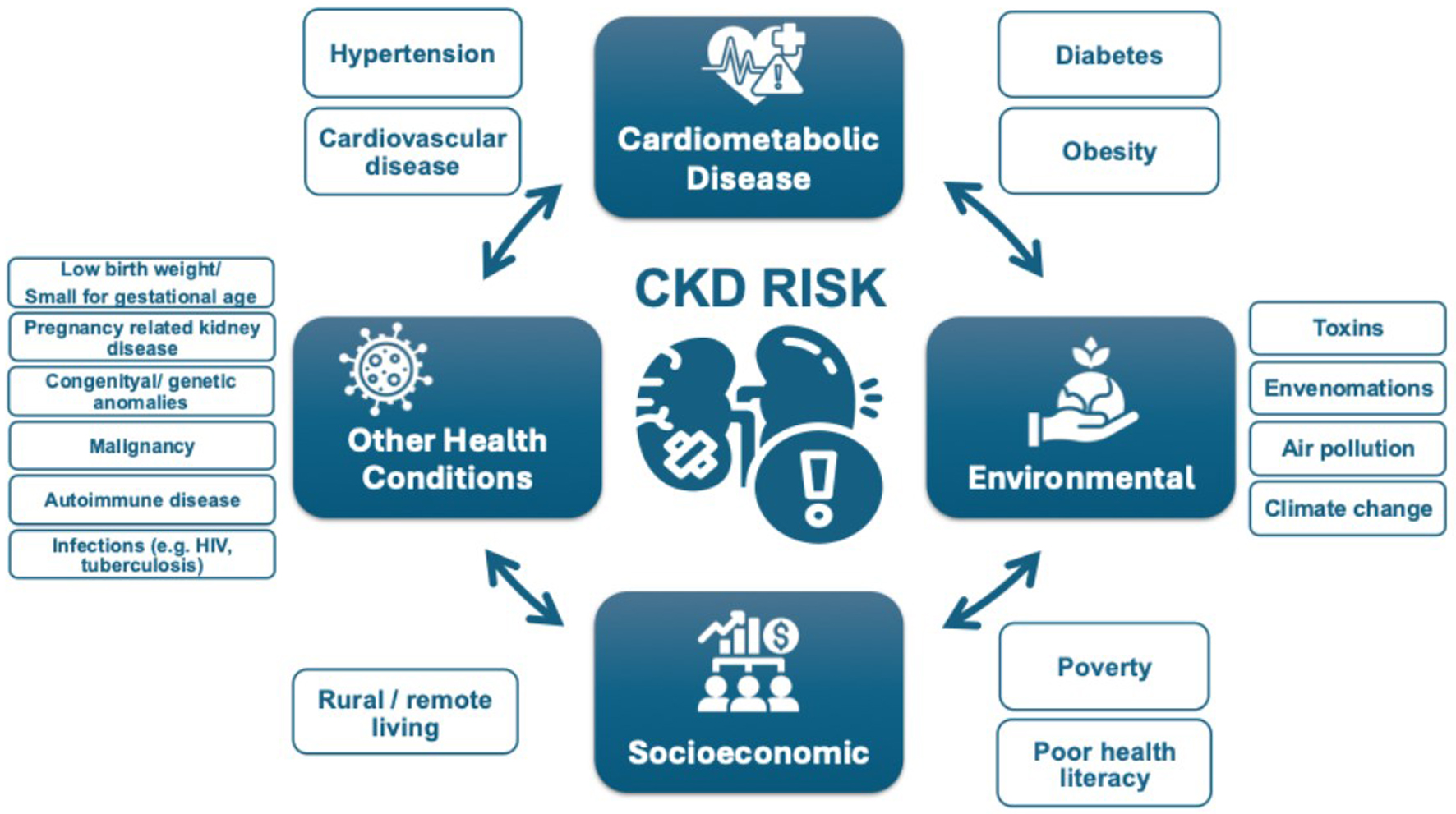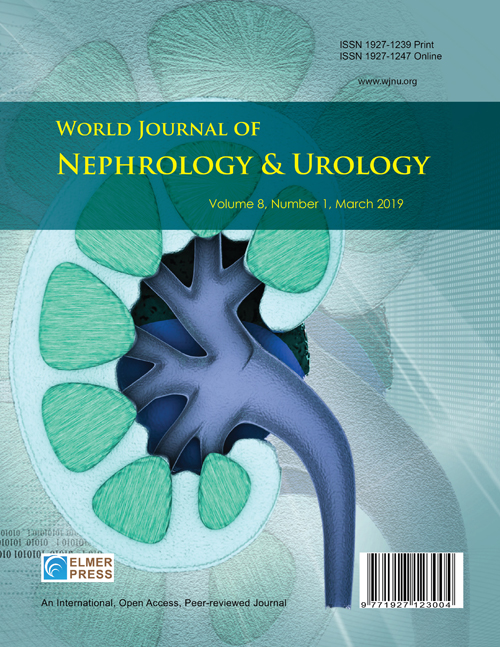Are Your Kidneys Ok? Detect Early to Protect Kidney Health
DOI:
https://doi.org/10.14740/wjnu1005Keywords:
Screening, Case finding, Chronic kidney disease, Albuminuria, Proteinuria, PreventionAbstract
Early identification of kidney disease can protect kidney health, prevent kidney disease progression and related complications, reduce cardiovascular disease risk and decrease mortality. We must ask “Are your kidneys ok?” using serum creatinine to estimate kidney function and urine albumin to assess for kidney and endothelial damage. Evaluation for causes and risk factors for chronic kidney disease (CKD) includes testing for diabetes and measurement of blood pressure and body mass index. This World Kidney Day we assert that case-finding in high-risk populations, or even population level screening, can decrease the burden of kidney disease globally. Early-stage CKD is asymptomatic, simple to test for and recent paradigm shifting CKD treatments such as sodium glucose co-transporter-2 inhibitors dramatically improve outcomes and favor the cost-benefit analysis for screening or case-finding programs. Despite this, numerous barriers exist, including resource allocation, healthcare funding, healthcare infrastructure and healthcare-professional and population awareness of kidney disease. Coordinated efforts by major kidney non-governmental organizations to prioritize the kidney health agenda for governments and aligning early detection efforts with other current programs will maximize efficiencies.

Published
Issue
Section
License
Copyright (c) 2025 The authors

This work is licensed under a Creative Commons Attribution-NonCommercial 4.0 International License.






